This article was co-authored by Claudia Carberry, RD, MS. Claudia Carberry is a Registered Dietitian specializing in kidney transplants and counseling patients for weight loss at the University of Arkansas for Medical Sciences. She is a member of the Arkansas Academy of Nutrition and Dietetics. Claudia received her MS in Nutrition from the University of Tennessee Knoxville in 2010.
This article has been viewed 22,800 times.
You may be instructed to follow a low residue diet if you’re transitioning from a liquid diet to a solid diet, for certain medical conditions that affect the bowels, or before some surgeries or cancer treatments. The low residue diet avoids fiber and includes foods that are soft and easy to digest. The purpose of the diet is to minimize how much bulk moves through your intestines for a period of time. To follow a low residue diet, temporarily avoid specific foods and alter how you prepare others.
Steps
Cooking Appropriate Main Courses
-
1Tenderize your meat. You can eat meat as long as it’s cooked so that it’s tender. Try baking, broiling, roasting, stewing, or creaming your meat. Lean roasted pork is acceptable, too. Try fish and other seafood – you can have it fresh, canned, or frozen.[1]
- Do not eat fried or pickled meat. Avoid fatty, fibrous meats that have lots of gristle.
- Choose tofu as an appropriate alternative to meat; soy tempeh, however, is not approved on this diet.
- If you have dentures, substitute ground meat for whole meat.
-
2Choose plain bread and grains. Stay away from bread or crackers that contain seeds, nuts, raisins, or spices. When choosing cereal, pick “refined” cooked and prepared cereals over whole grain options. Do not opt for bran cereals, however, which can increase bowel activity. Avoid barley and lentils.[2]
- Don't put jam or marmalade on your bread; jelly is okay if it doesn’t contain seeds.
- White rice, pasta, noodles, and potatoes without skin are all okay to eat on the low residue diet. You can also enjoy waffles, French toast, and pancakes!
- When dining out, express your diet needs to your server. Be sure to inquire whether the dish contains nuts or seeds.
Advertisement -
3Cook your vegetables. Vegetable juice and raw lettuce are okay to eat on the low residue diet. However, cook other vegetables until they’re soft. You can also purchase canned vegetables. Your veggies should be tender and soft before you eat them. Some great options include cooked spinach, beets, green beans, carrots, peeled eggplant, mushrooms, green and red peppers (not spicy ones), and peeled squash and zucchini.[3]
- Stay away from pickles, sauerkraut, and other fermented foods.
- Particularly avoid peas, winter squash, broccoli, Brussels sprouts, onions, cabbage, cauliflower, and baked beans. Stay away from lima beans and corn, even from cans.
-
4Choose non-fried options. Stay away from fried foods. This includes the obvious like fried chicken, cheese, and vegetables, as well as items that are lightly fried in oil, like fried eggs. Eat your eggs baked, poached, scrambled, or boiled instead.[4]
-
5Eat fat in moderation. Exclude fried food, high-fat gravy, and spicy salad dressing from your diet. On the other hand, it’s okay to have small amounts of other fats. You can eat up to 5 servings a day of butter or margarine, mayonnaise, salad dressing, vegetable shortening, cooking oil, and cream. A serving sizes count as:
- 1 teaspoon margarine, or 2 teaspoons diet margarine
- 1 teaspoon vegetable oil or olive oil
- 1 teaspoon mayonnaise or 2 teaspoons light mayonnaise
- 1 tablespoon salad dressing
-
6Say no to spicy foods. Season your meals mildly, and avoid eating spicy or highly spiced foods. Salt and pepper are okay, but horseradish, raw garlic, and relish should be avoided. Don’t eat spicy peppers or hot sauces.
Snacking Correctly
-
1Choose fruit from the approved list. Only some fruits are part of a low residue diet. Choose fruits from the list below, and try to avoid other fruits – especially berries. Some fruits not listed may be okay if you cook them until they’re soft or buy them canned, as long as they don’t have skin or seeds. When eating oranges, grapefruits, and other citrus fruits, remove as much of the lighter-colored membrane on the inside as possible. Approved fruits include:
- Citrus
- Bananas (ripe)
- Ripe peaches or pears (peeled)
- Cooked or canned cherries, peaches, pears, and applesauce
- Plums and apricots
- Melons
- Baked apples
- Fruit cocktail
-
2Remove the skins and seeds from your fruit. Avoid fruits that have tough skins or seeds, and be sure to get all the seeds out. Peel fruit with skins such as peaches, pears, or plums. [5]
- Citrus fruits like oranges and grapefruits are good options because you peel the skin and the seeds are large enough to see and remove.
-
3Limit your dairy to two servings per day. You can have dairy on the low residue diet but in moderation. However, if dairy usually gives you gas, bloating, or diarrhea, avoid it. Choose lactose-free options, instead.[6]
- A serving of milk is 1 cup. A serving of pudding, custard, or ice cream is ½ cup.
- Cottage cheese, cream cheese, and soft mild cheeses are okay to eat. Avoid strongly flavored, aged cheeses.
-
4Eat soft, mild snacks. Avoid snacks that are hard or crunchy - don’t eat popcorn, nuts, or olives. Choose smooth peanut butter rather than crunchy peanut butter. Snacks should also be mild. Vinegar, mustard, ketchup, and mild flavorings are okay, but don’t eat any spicy snacks.[7]
- Check the ingredients list before eating anything that you don’t make yourself. Ice cream, yogurt, pastries, bread, sauces, and many other food items contain seeds or nuts. Avoid these.
Choosing Permitted Beverages
-
1Enjoy fruit juice. Fruit juice is a great beverage for this diet - you can get nutrients from fruit without worrying about seeds or skins. All fruit juice is allowed except for prune juice.
- Buy juice without pulp.
-
2Limit your caffeine to 1 cup per day. Caffeine can irritate your stomach and intestines in large amounts. Keep your caffeine intake to 1 cup (8 ounces) per day. That includes coffee, caffeinated tea, and caffeinated sodas like Coke, Pepsi, Mountain Dew, and some Root Beers.
- Check the labels on soda and teas to make sure they are decaffeinated.
-
3Stop drinking alcohol. Alcohol is not allowed on the low residue diet. Stop drinking alcohol altogether while dieting. If you need help to stop drinking, talk to your doctor.[8]
Warnings
- If you follow this diet for more than 2 weeks, you may need to take a daily multivitamin. Ask your doctor about this.[10]⧼thumbs_response⧽
- Because your bowel movements may be smaller on a low residue diet, you may need to drink extra water or take a stool softener to have regular bowel movements. Ask your doctor about this, as well.⧼thumbs_response⧽
References
- ↑ https://meatscience.org/TheMeatWeEat/topics/fresh-meat/meat-tenderness
- ↑ https://static.medicine.iupui.edu/divisions/gast/content/motility/Low%20Residue%20Diet.pdf
- ↑ https://static.medicine.iupui.edu/divisions/gast/content/motility/Low%20Residue%20Diet.pdf
- ↑ https://www.rochestercolon.com/wp-content/uploads/2014/05/low-residew-diet.pdf
- ↑ https://www.thh.nhs.uk/documents/_Patients/PatientLeaflets/dietetics/Low_Residue_Diet.pdf
- ↑ https://www.webmd.com/ibd-crohns-disease/low-residue-diet-foods#1
- ↑ https://www.thh.nhs.uk/documents/_Patients/PatientLeaflets/dietetics/Low_Residue_Diet.pdf
- ↑ https://www.thh.nhs.uk/documents/_Patients/PatientLeaflets/dietetics/Low_Residue_Diet.pdf
- ↑ http://www.med.umich.edu/1libr/MBCP/LowFiberLowResidueDiet.pdf

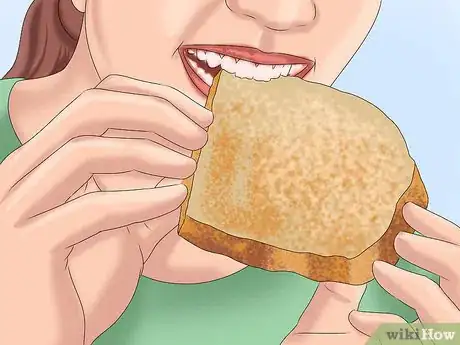


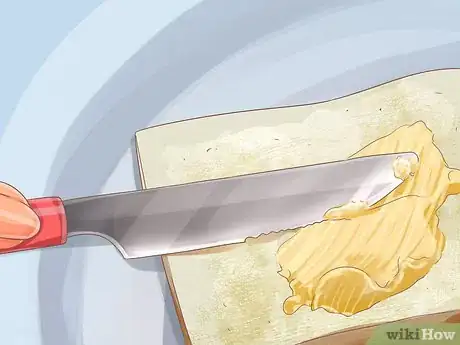
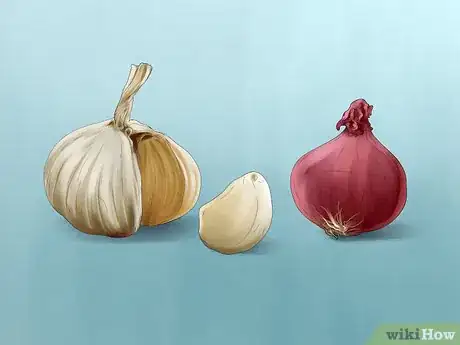

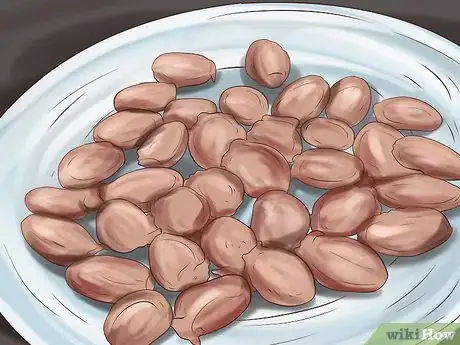
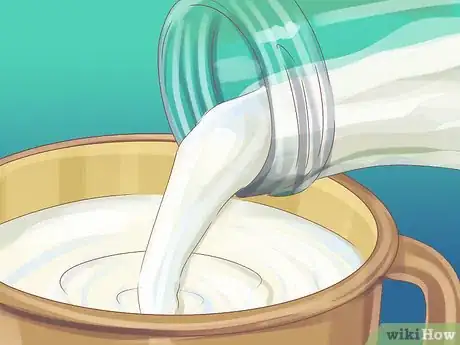
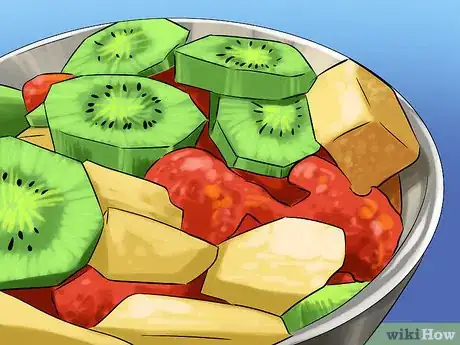



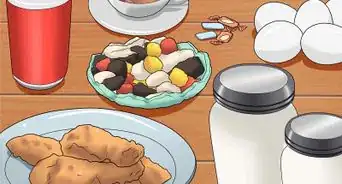
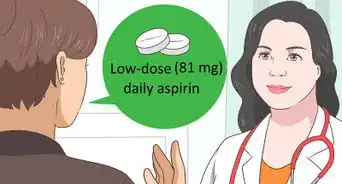
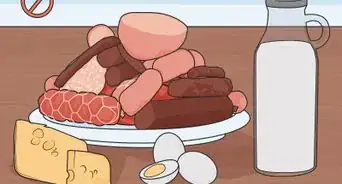







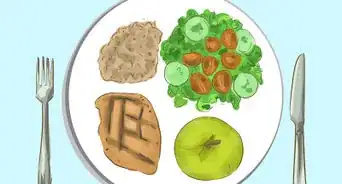









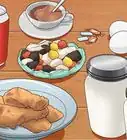
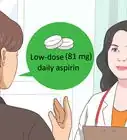
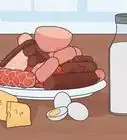




































Medical Disclaimer
The content of this article is not intended to be a substitute for professional medical advice, examination, diagnosis, or treatment. You should always contact your doctor or other qualified healthcare professional before starting, changing, or stopping any kind of health treatment.
Read More...